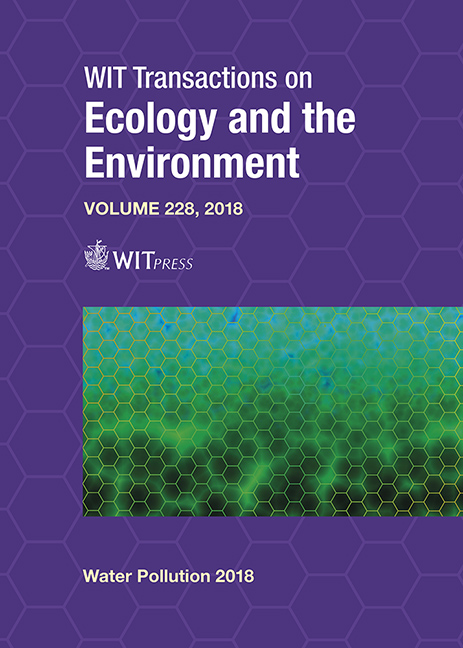DREDGING WORKS MONITORING IN THE PORT OF CIVITAVECCHIA, ROME, ITALY: SEDIMENTOLOGICAL AND GEOCHEMICAL INVESTIGATIONS
Price
Free (open access)
Transaction
Volume
228
Pages
10
Page Range
199 - 208
Published
2018
Size
451 kb
Paper DOI
10.2495/WP180201
Copyright
WIT Press
Author(s)
DANIELE PIAZZOLLA, SERGIO SCANU, SIMONE BONAMANO, FRANCESCO PALADINI DE MENDOZA, RICCARDO MARTELLUCCI, GIUSEPPE ZAPPALA
Abstract
Since its creation in 2001, the Laboratory of Experimental Oceanology and Marine Ecology (DEB) of Tuscia University devoted a significant part of its studies to the characterization and assessment of the coastal marine environment near Civitavecchia (central Tyrrhenian Sea, Italy), and to the influence of climatic events, as well as anthropic activities on marine environment. The coastal area of Civitavecchia is characterized by multiple uses (e.g. industrial, commercial, touristic, ecological) which result in a complex series of effects on the marine ecosystem. Civitavecchia also hosts one of the most important European ports, where several expansion works over recent times have influenced the sedimentological, geochemical and ecological characteristics (e.g., benthic biocenoses and Posidonia oceanica) of the area. Extensive dredging works in the Civitavecchia harbour were performed between November 2012 and January 2013 to build new piers and docks. The potential impact of the dredging works was assessed through an extended environmental monitoring program which was performed before and after the dredging activities. In detail, during the monitoring activities, the chemical and physical characterization of the water column, marine sediments and the assessment of the possible impact of dredging activities on the benthic ecosystem were carried out. This paper reports the results of the monitoring activities of water and sediments carried out in the harbour area and in the nearby environment. The increase of sediment fine fraction and the enrichment of trace metals in the offshore station could have been induced by dredging activities. Previous studies report the assessment of the environmental conditions before and after the dredging operations where significant variations in the composition of the benthic biocenosis and the effects on Posidonia oceanica meadows were found.
Keywords
dredging, sediments, environmental monitoring





